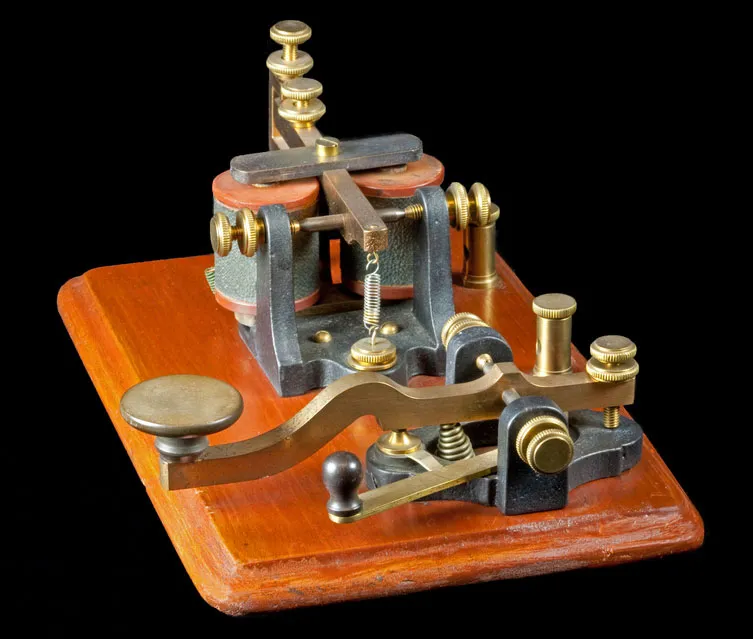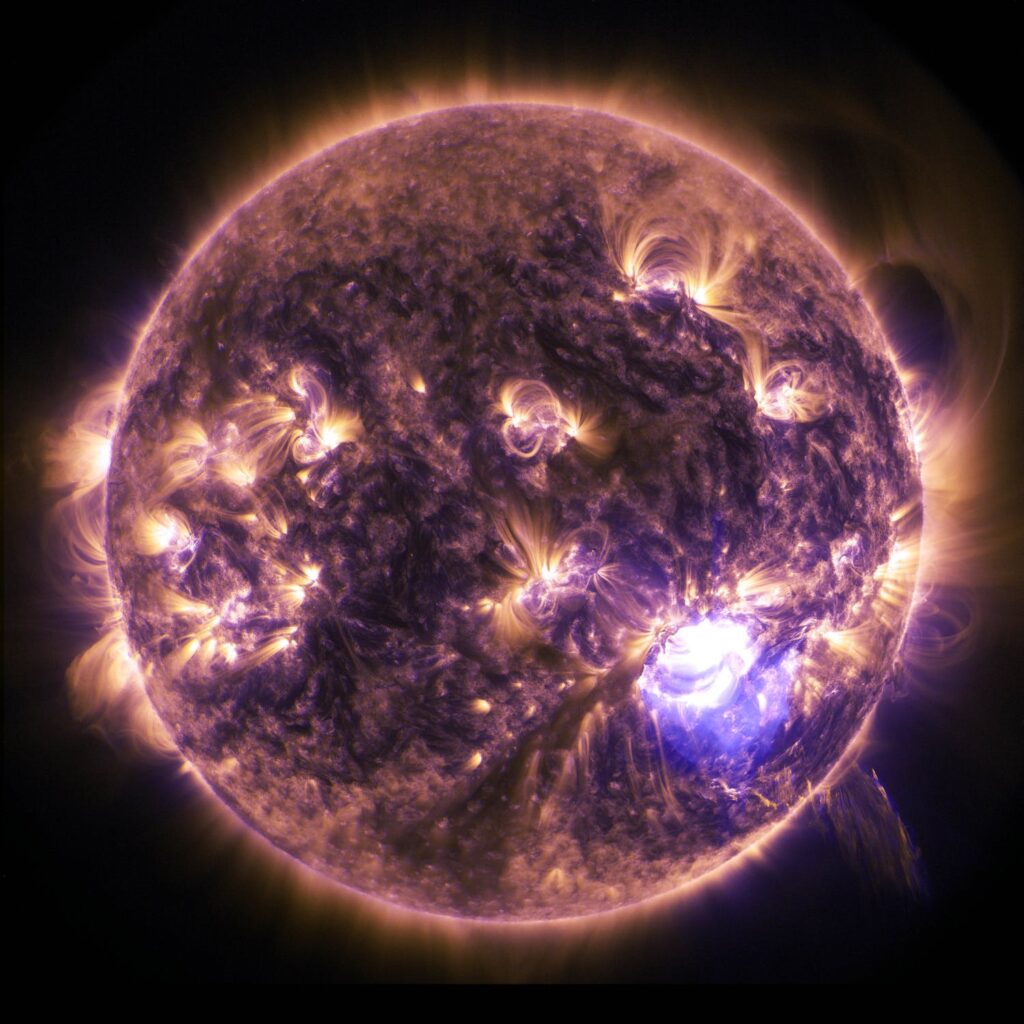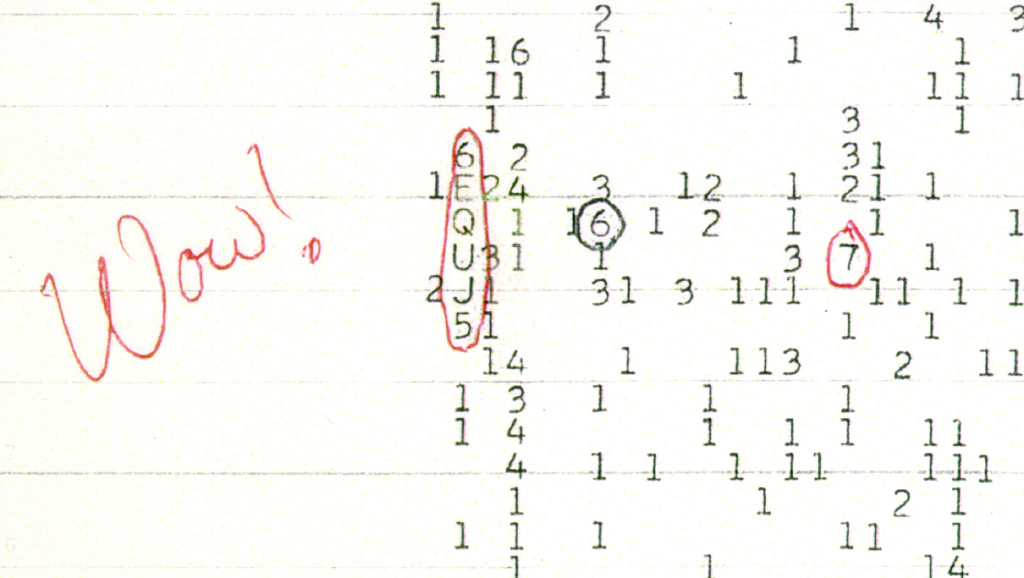It was on 1st September 1859, that the young astronomer Richard Carrington noticed something unusual while he was observing the sun with his brass telescope. Suddenly, he saw two patches of intensely bright white light, what he assumed were some distortions to the sunspots that he was studying.
Auroras Everywhere

Later, that night, and the day that followed, auroras were seen all across the northern as well as southern hemisphere. Some people are said to have been confused and tormented when they saw the sudden bright light in the sky since they hadn’t seen an aurora before. The entire night sky had become so illuminated that birds began chirping and laborers began making breakfast and started preparing for work as they thought it was day.
Telegraphs On Fire

The telegraphs all around the globe failed. Some people experienced electrical shocks while operating them. Some stations even caught fire. The entire system had gone down and people were not able to operate it. However, astonishingly some people were able to operate even without a battery power supply. The following conversation occurred between two operators of the American telegraph line between Boston, Massachusetts, and Portland, Maine, on the night of 2 September 1859 and reported in the Boston Evening Traveler:
Boston operator (to Portland operator): “Please cut off your battery [power source] entirely for fifteen minutes.”
Portland operator: “Will do so. It is now disconnected.”
Boston: “Mine is disconnected, and we are working with the auroral current. How do you receive my writing?”
Portland: “Better than with our batteries on. – Current comes and goes gradually.”
Boston: “My current is very strong at times, and we can work better without the batteries, as the aurora seems to neutralize and augment our batteries alternately, making current too strong at times for our relay magnets. Suppose we work without batteries while we are affected by this trouble.”
Portland: “Very well. Shall I go ahead with business?”
Boston: “Yes. Go ahead.”
So What Had Happened?

On 1–2 September 1859, one of the largest geomagnetic storms (as recorded by ground-based magnetometers) occurred. A Coronal Mass Ejection(CME) had occurred that took around 17 hours to travel to Earth and collide with Earth’s magnetosphere. These events were recorded by the magnetometers back then and estimated the strength to be around −0.80 to −1.75 µT.
Since the solar flare effect recorded by physicist Balfour Stewart in the Kew Observatory magnetometer, was immediately followed by the geomagnetic storm the next day, Carrington was sure that this had some connection to the bright patches he had seen earlier.
What Would Happen If This Occurred Today?

You might wonder, what might happen if history were to repeat itself. Well, we do have accounts of similar events happening, but not of that magnitude as Carrington. One notable event occurred in 1989, known as the “March 1989 geomagnetic storm.” During this event, a solar flare and coronal mass ejection (CME) from the sun caused a massive geomagnetic storm when it reached Earth. This storm led to a widespread power outage in the Canadian province of Quebec, affecting millions of people.
So, if something like that were to happen again, we would be much more affected than the people back in 1859 or 1989. This is because the average person today owns and relies on a lot more electronic equipment than the combined population of those times. Any such event would render such equipment useless and might prove hazardous, potentially sabotaging power grids and more. Let’s hope that this doesn’t happen anytime soon, and if it’s inevitable, then we are well-prepared for it.





